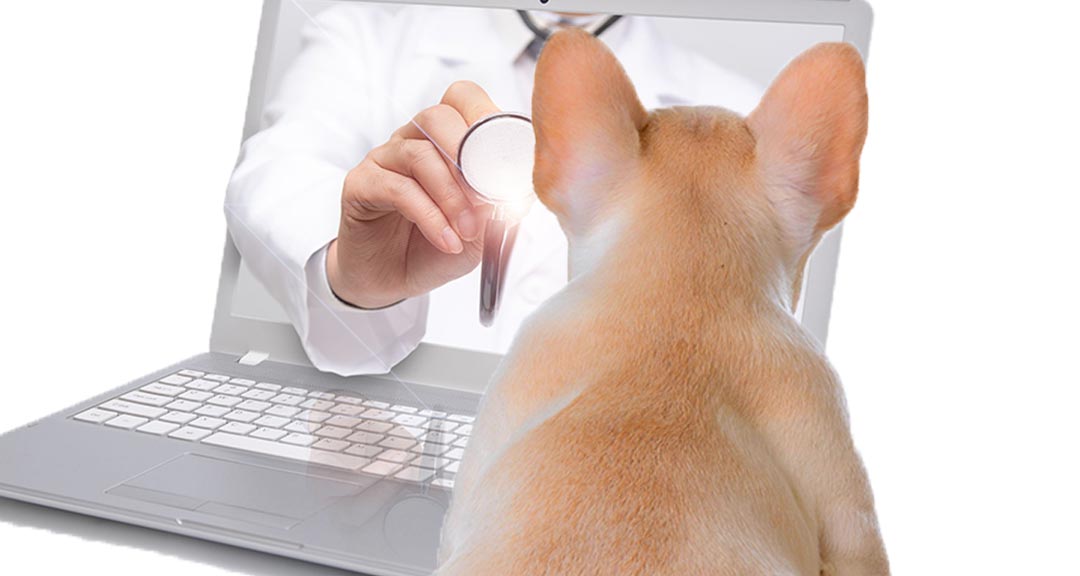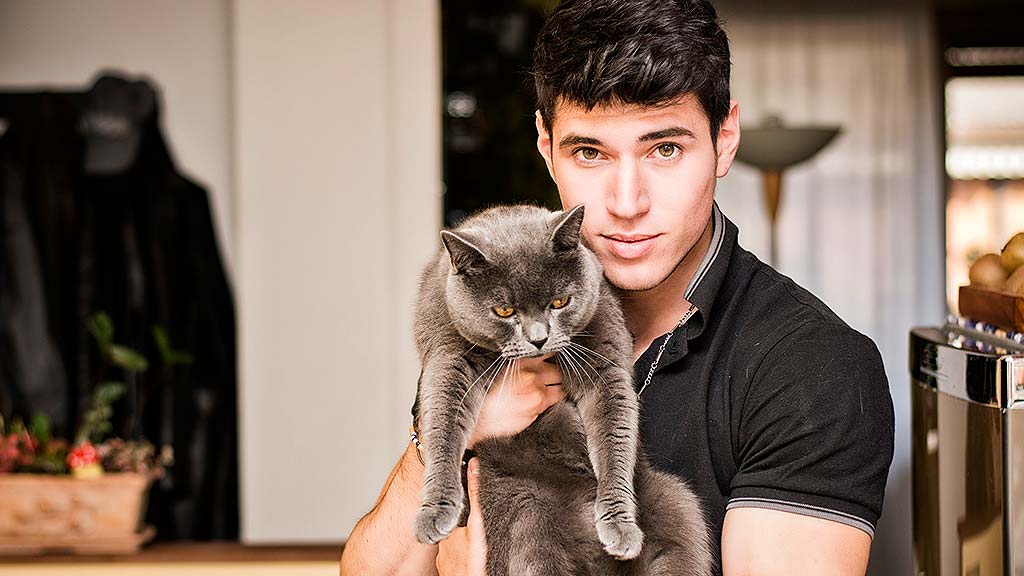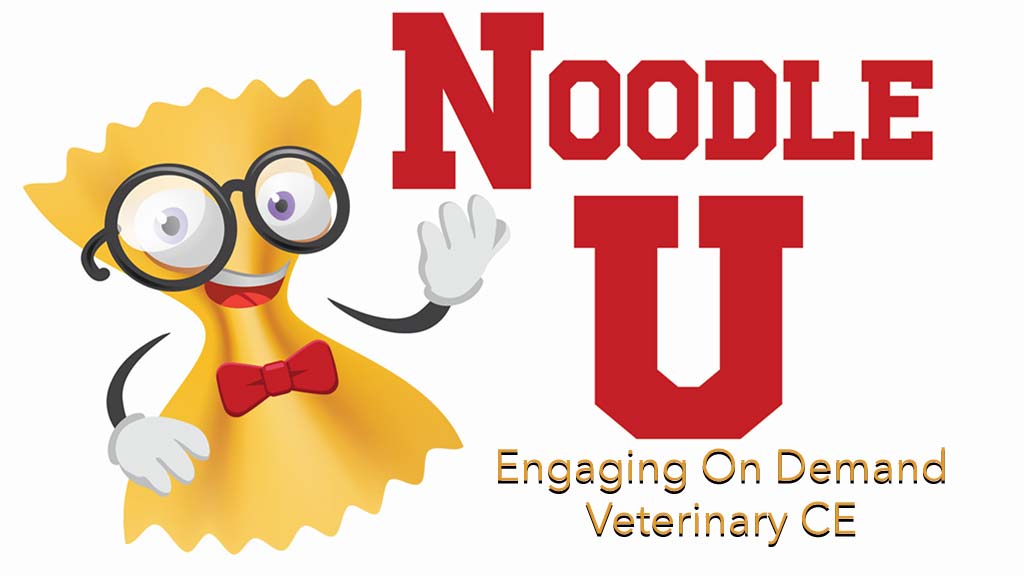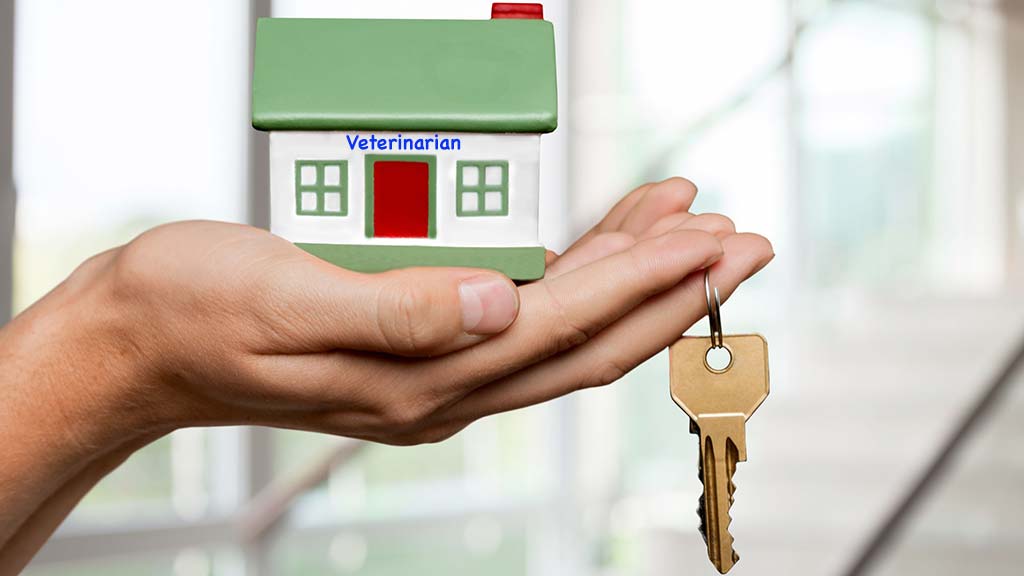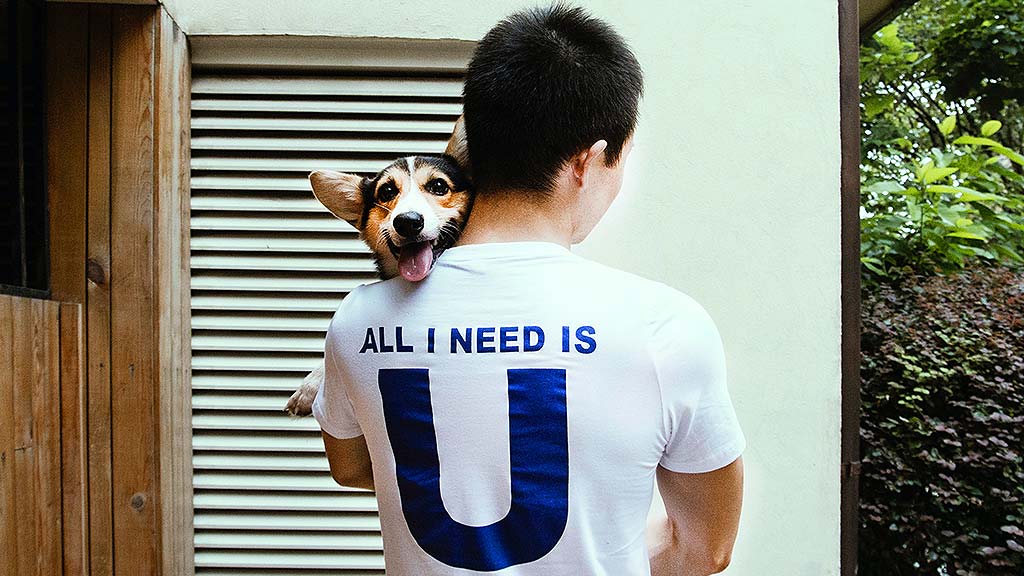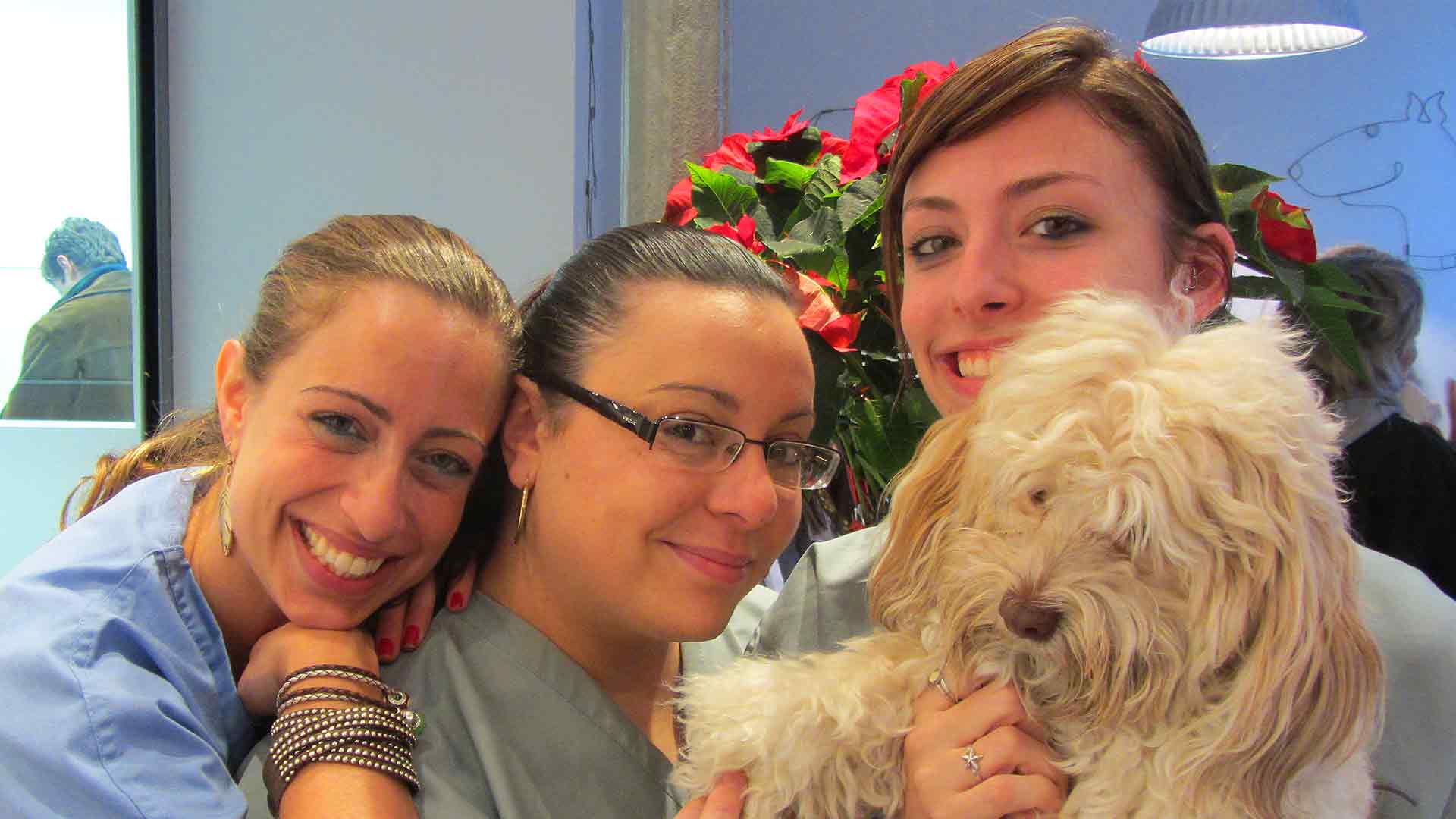Ongoing shutdowns, pet owners’ ongoing fears of infection, the rigorous demands of curbside care, and a 1000% increase in virtual care in the human space have sharpened the focus on the value of veterinary telemedicine. Here are 7 reasons why tele-health services just came off hold and are about to transform how we do business
Your Clients Experienced A Telemedicine Appointment For Themselves…and Liked It
In April 2020, a researcher at the Health Sciences Unit at Oxford University tracked a 1000% increase in the use of medical video conferencing over the span of just two weeks. Ray Dorsey, director of the Center for Health and Technology at the University of Rochester Medical Center said in last month’s Lancet,“There has been something like a ten-fold increase in virtual patient consultations in the last couple of weeks. It’s as big a transformation as any ever before in the history of U.S. health care.” In a May 2020 Harris poll conducted by Updox, 42% of 2000 people polled said that they had used telehealth services since the pandemic began.
When surveyed, human patients and healthcare providers cited the following reasons why they preferred virtual care to traditional in-office visits:
- It was convenient;
- it strengthened the bond between patient and physician;
- the software made it fast and easy to book an appointment;
- the patients didn’t risk exposure to other sick people at the care facility.
If our clients have had first hand experience with the service, liked it, and in many cases preferred it; is it farfetched that they would expect and even embrace the same kind of service for their pets?
The World Got Virtual Real Fast
If to date your argument against tele-health has been that the technology was too complicated for your client base, the last 3 months have just doomed your side of the debate. Grandmas in nursing homes used Zoom, yoga students went online, and church ladies sang hymns into their computer screens during virtual church services. We have fallen into a virtual Wonderland of online possibilities, but in our case the looking glass has turned out to be an iPhone. You can keep your business in Brick and Mortar Land, but you should know that a significant part of the population is mad-as-a-Hatter crazy about their new world online.
We Discovered that Curbside Care Was a Bitch
As soon as we offered curbside care, the phones exploded. First there was a call when the client arrived, another was made to the client by the tech, a third by the doctor to the client to report the results of the exam, and a fourth by the receptionists to collect the money and to thank them for their visit.
But in practices that had tele-health capability, that curbside care appointment time was cut by half. Shelter-in-place employees were connected to clients using tele-health platforms and the patient history and payment method were confirmed even before the patient showed up in the parking lot. In the meantime, the onsite team was free to collect the patient, take vitals, and complete the examination before returning the patient to the car. The switch-up to workflow made use of team members as they were available and opened up more space in an appointment book strained to keep up with the added time demands of curbside care. It also insured against future COVID outbreaks and the impact that schools closures, shelter-in-place orders, and social distancing rules have on team’s attendance and our usual approach to care.
Your Team Stressed Out and Threatened To Walk
Overworked and stressed out are not new complaints, not in our line of work; but the COVID crisis has frazzled our already frizzled team and pushed them to edge. Some of you have already experienced employees finally throwing in the towel to veterinary medicine and leaving the cat fights, the friction, and the fur balls behind for good.
Fortunately, companies like VitusVet saw a need for change coming and they have been steadily building a suite of communication services that address nearly all of our service and communication pinch points:
Two-way Text Messaging Reduces Phone Traffic
Vitus vet has called their two-way texting messaging service ‘their secret in the sauce’ because it’s such an alluring feature of their overall suite of communication and client service products. Says Heather Fields, VP of Marketing for VitusVet:
“Two-way texting is the perfect gateway into more efficient client communication, even for the most technology averse. Firstly, clients prefer a text over a phone call. Secondly, it’s so efficient and easy. Team members can fire off five text messages to clients in the same time that it would take to make one phone call. Better still, our text service allows you to pop all message threads directly into your software so every client interaction is properly recorded in the patient’s medical chart. The messages can be written, received, read, and answered from any hospital computer terminal. Text messaging has been proven to reduce phone traffic by as much as 70%”
Two-way texting is preferred by clients, offers them the immediacy of service that they crave, and reduces the time it takes to provide curbside care, But don’t take it from me, VitusVet is now offering their two-way text service FREE for 60 days. You can try it for yourself.
Contactless Payment Plans From The Convenience of A Tablet
Streamline the whole payment process and keep it safe using contactless tablets. These devices allow a client to hold onto the credit card at all times, swipe it, and process the payment securely from a sanitized tablet. Certain companies even allow for credit card payment options with a guarantee on the sales amount in case of default.
Push Notifications Boost Compliance, Decrease Time Spent Confirming Appointments
A change in consumer habits and COVID stay-at-home orders have converged to push notifications by text to new heights. Push notifications, those audible pop ups that you get on your phone through an app, have the highest read rate of nearly any kind of communication. Too much time spent talking to clients on the phone and taking a history? Use a push notification to send them a pre-exam questionnaire. Taking too long to confirm an appointment? Let the app do it for you automatically. Want to follow up with a client and make sure everything is okay? The app can handle that as well.
Nothing beats an app for client convenience, compliance, and engagement. COVID brought apps to the fore of our attention; their usability and performance will keep them as part of our protocol forever.
An Unexpected Surprise: A First Hand Look At Environment
Telemedicine consults turned out to be much more than an online exam, they were an invitation into the pet owner’s home. They were a chance to see the pet owner and the pet in his or her daily environment; to see the stairs that they pet has had trouble with, the litter pan the cat was using, and where it was located in the house. It was a chance to be introduced to other members of the pet owner’s family; to meet some of the other pets that we had never seen as patients; and because video chats feel more relaxed than a clinic visit, a chance to bond more closely with the client.
First a Toe In The Water, And Then A Plunge
Once we had experience working with the platform, our imagination went wild with other ways we could use it. This wasn’t a lateral move, a substitution for what we were already doing; it was an entirely new vertical! Here are just some of the ideas that teams dreamed up:
- Attract new clients by advertising telemedicine services as one of the practice’s perks;
- use telemedicine as part of a wellness plan that allows us to engage with clients and pets year-round;
- use telemedicine to monetize and bring more value to the free phone advice we’ve been giving away to clients for years;
- use telemedicine for patient follow up and as a way to free up valuable appointment space;
- use telemedicine to one-up big box stores, low cost spay neuter clinics and other businesses competing for our clients;
- use telemedicine to increase compliance with twice-a-year exams and oversight on geriatric, end-of-life, and chronic illness patients.
Seeing telemedicine as an additional service, instead of one that is in lieu of existing services, has changed the entire landscape for us. Realizing that it wasn’t an online physical exam, but another avenue of care, connection, and communication was critical to initializing dozens of ideas of how we could use it to increase compliance, convenience, productivity, the bond we have with our clients, and the oversight we have on our patients.
It Aligned Our Business Model With The Modern World
During the pandemic, the Internet of Things got a whole hell-of-a-lot more, well, interneted. We didn’t just go online to source staples like food and home supplies; we used it for our health and wellbeing. In March alone, there was a 60% jump in downloads of the top 10 fitness applications and consumers spent 59 million dollars in health apps. According to Grandview Research, the pet wearable market size, valued at 1.6 billion dollars in 2019, was expected to grow at a compound annual growth rate of 14.3% from 2020 to 2027. When we sync up our software and our services to what our clients are already doing, we build ourselves inside their daily digital world. Suddenly it becomes abundantly clear that companies like Babelvet had it right all along: Individuals are connecting to service providers with virtual tethers in the form of apps and wearables that provide a regular, virtual dialogue. Telehealth fixes us into that framework and gives us a voice in that ongoing dialogue, a boon for exacting client loyalty. It is much more than a substitute for a visit to the vet; it’s inclusion inside a digital ecosystem in which our clients have already decided to live and work.
Additional Reading
New To Halow Consulting?
Let’s Get Started

